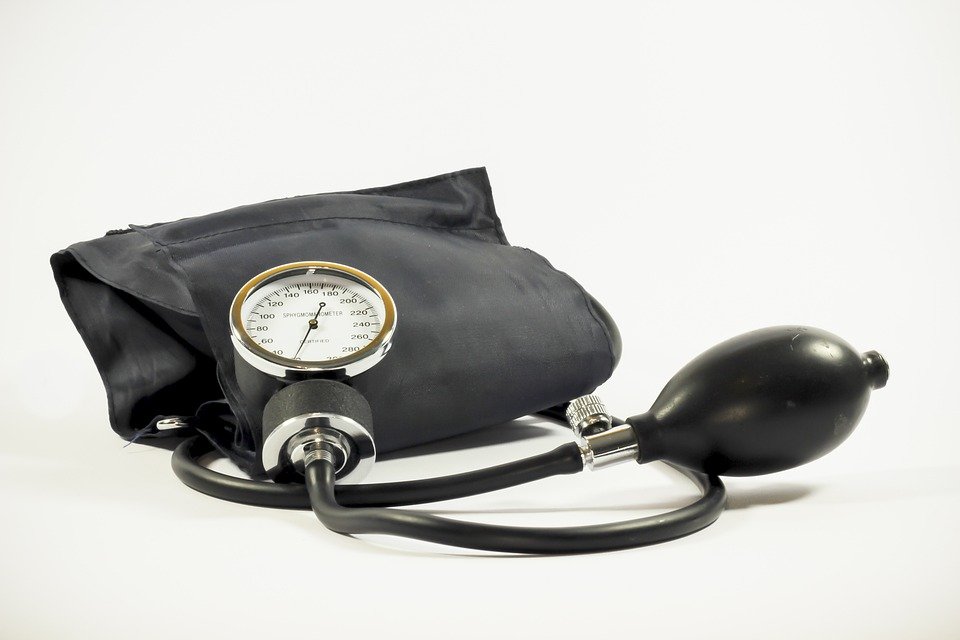 Cardiac arrest is a serious medical condition that occurs when the heart suddenly stops beating. This can happen unexpectedly and without warning, leading to a lack of blood flow to the brain and other vital organs. Understanding the causes, symptoms, and treatment options for cardiac arrest is crucial for saving lives and preventing long-term complications.
Cardiac arrest is a serious medical condition that occurs when the heart suddenly stops beating. This can happen unexpectedly and without warning, leading to a lack of blood flow to the brain and other vital organs. Understanding the causes, symptoms, and treatment options for cardiac arrest is crucial for saving lives and preventing long-term complications.Causes of Cardiac Arrest:
There are several factors that can cause cardiac arrest, including heart disease, electrolyte imbalances, drug overdose, severe blood loss, and trauma. The most common cause of cardiac arrest is a heart attack, which occurs when a blockage in the coronary arteries interrupts blood flow to the heart muscle. This can lead to an irregular heartbeat, known as arrhythmia, which can progress to cardiac arrest if not treated promptly.
Other underlying conditions that can increase the risk of cardiac arrest include hypertension, diabetes, obesity, and a family history of heart disease. Certain lifestyle habits, such as smoking, excessive alcohol consumption, and a sedentary lifestyle, can also contribute to the development of heart problems that can lead to cardiac arrest.
Symptoms of Cardiac Arrest:
The symptoms of cardiac arrest can be sudden and dramatic, with the affected individual collapsing and losing consciousness within seconds. Other symptoms may include chest pain, shortness of breath, dizziness, and palpitations. In some cases, there may be no warning signs before cardiac arrest occurs, making it essential to recognize the risk factors and seek medical attention promptly.
Treatment Options for Cardiac Arrest:
Immediate treatment is crucial for increasing the chances of survival in cases of cardiac arrest. The first step in treating cardiac arrest is to call emergency services and start cardiopulmonary resuscitation (CPR) right away. CPR involves chest compressions and rescue breaths to keep blood circulating to the brain and other vital organs until medical help arrives.
In addition to CPR, automated external defibrillators (AEDs) can be used to deliver an electric shock to the heart to restore a normal heartbeat. AEDs are commonly found in public places, such as airports, shopping malls, and schools, and can be used by bystanders with minimal training.
Once emergency medical services arrive, advanced life support measures, such as medications and intubation, may be needed to stabilize the patient and transport them to a hospital for further treatment. In some cases, cardiac catheterization or coronary artery bypass surgery may be necessary to restore blood flow to the heart muscle and prevent future episodes of cardiac arrest.
Preventing Cardiac Arrest:
Preventing cardiac arrest involves managing risk factors and adopting a heart-healthy lifestyle. This includes maintaining a healthy weight, eating a balanced diet, exercising regularly, quitting smoking, and limiting alcohol intake. It is also important to monitor and control underlying medical conditions, such as hypertension, diabetes, and high cholesterol, to reduce the risk of heart disease and cardiac arrest.
Regular check-ups with a healthcare provider can help identify and address any potential heart problems before they progress to a life-threatening emergency. Educating yourself and others about the signs and symptoms of cardiac arrest and knowing how to respond quickly in an emergency can save lives and prevent long-term complications.
In conclusion, understanding the causes, symptoms, and treatment options for cardiac arrest is essential for recognizing the warning signs and taking prompt action to save lives. By adopting a heart-healthy lifestyle, managing risk factors, and being prepared to administer CPR and use an AED, you can help prevent cardiac arrest and improve outcomes for those affected by this serious medical condition.

You might be interested in learning more about related topics. Speaking of heart disease, you might be interested in Heart Disease. If you want to explore the importance of CPR, you can check out Cardiopulmonary Resuscitation (CPR). And for insights on automated external defibrillators, feel free to read up on Automated External Defibrillators (AEDs). These articles can provide further information on preventing and managing cardiac arrest.



